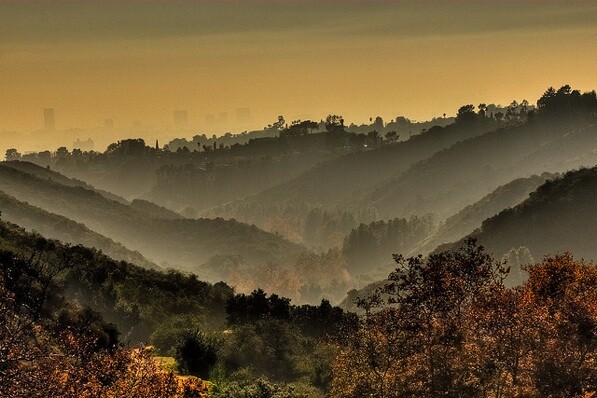Hikers Could Soon Become Citizen Scientists in Climate Change Monitoring

There's a mobile app for just about anything these days. From getting you to do more push-ups and track your calorie intake to sharing with your friends what you're watching on TV, smart phones have become a handy lifestyle tool. But they are becoming more than just that: they can also be used for the greater good.
Case in point, the National Park Service in 2009 launched an app that has created a small army of citizen scientists in the mountain range that bisects Los Angeles. "What's Invasive" educates users on the top six most invasive plants within the Santa Monica Mountains National Recreation Area and asks hikers to snap and upload photos of the plants (GPS location is automated) to a public database. That has helped park rangers identify where the invasives are spreading, enabling them to destroy them before more harm is done in the park's 153,000 acres.
The project's success had led to the app's expansion in other local areas such as Palos Verdes Pensinsula, Catalina Island and Channel Islands National Park, and further away in Hawaii, Washington D.C. and even Denmark.
Now that they have a taste of how useful crowdsourcing can be, officials are developing yet another app, this time to track the effects of climate change.
"We know climate change is happening," explained Christy Brigham, Chief of Planning, Science and Resource Management, "this is more to see how plants and animals are going to respond to that change."
Once again working with UCLA's Center for Embedded Network Sensing, an app to be released this year will enable hikers who routinely visit the same trail track a plant's life cycle, known as pheno phases (that is, from leaf out to flowering and so on).
What park scientists aim to see is if plants are going through seasonal changes differently--for example, are they flowering in the summer instead of spring?--and if so, find out if they are adapting or suffering.
"One of the plants we're concerned about are valley oaks because they are such a key element of our ecosystem," said Brigham of the big trees that create a places for animals to perch and food for insects (leaves) and mammals (acorns). Because the Los Angeles area is the southern end of valley oak distribution, climate stress is an issue "It would be a huge deal if we lost them," she noted.
The app is scheduled to be released in March.
Photo of Los Angeles in the distance from the Santa Monica Mountains by Flickr user szeke. It is used under a Creative Commons License.


